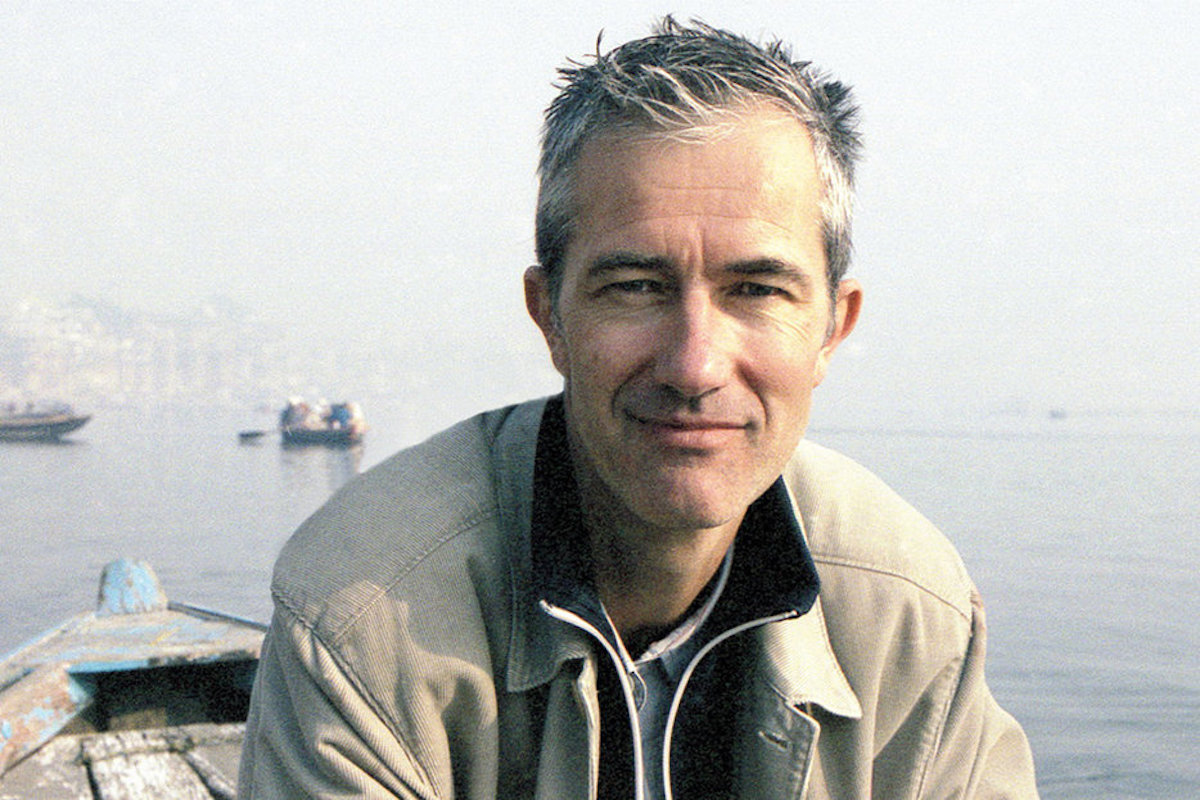Geoff Dyer, ‘Parallel Stories’
SBMA Hosts Conversation with Author of ‘The Last Days of Roger Federer’

In his essay “The Critic as Artist,” Oscar Wilde famously declared that “the highest criticism is really the record of one’s own soul.” More delightful than history and more concrete than philosophy, for Wilde, the best kind of non-fiction writing deals with “the spiritual moods and imaginative passions of the mind.” No 21st-century writer has taken this advice more to heart than Geoff Dyer, the author most recently of a charming and highly idiosyncratic work of “highest criticism” titled The Last Days of Roger Federer and Other Endings. Dyer will appear in the Santa Barbara Museum of Art’s (SBMA) Parallel Stories series on Thursday, May 26, conversing with novelist and UCSB professor Sameer Pandya.
I spoke with Dyer recently by phone from his home in Venice Beach. The following interview has been edited for length and clarity.
Among many other things, this book dwells on the infirmities of aging. When did that become a preoccupation for you? I noticed that things started going wrong almost exactly from my 60th birthday. Since then, I have warned all my friends in their late fifties. Now, I always say to them, “Enjoy your youth.”
The book has an unusual structure. Can you explain what it is and how you arrived at it? Nietzsche is probably the single most important figure in it, particularly his notion of the eternal recurrence. That concept started me thinking about some kind of loop or circularity thing.
You divide each of the three sections into 60 chapters. Did you have the number of seconds in a minute in mind? Or the number of minutes in an hour? Both. Sixty seconds in a minute times 60 minutes in an hour gives you 3,600. Multiply that by 24 hours in a day, and you get 86,400 seconds. At the end of the book, as a sort of little treat, I point out that the book itself has 86,400 words. Can I say that’s not a coincidence?
The book exhibits a tightly woven fabric of reference. How do you understand the way that you mix disparate references? I’ve always been at odds with any kind of specialization. And also, I’ve always been very resistant to this idea of some sort of separation between that which is studied and that which is lived. You can’t make sense of the things that are happening in your life properly without the support of literature.
Sign up for Indy Today to receive fresh news from Independent.com, in your inbox, every morning.
How do you make that resistance to specialization work on the page? I employ tonal elasticity. I go from one sentence making a knock-about kind of joke to a serious point and then back again. And ideally, that kind of switcheroo might even be contained within the same sentence. As a result, some of the things are both serious and jokes at the same time. Nietzsche exemplifies this. For him, a joke is always an idea in extreme and miniature.
How do you explain your success in this very personal idiom? With my books, part of the excitement of reading them is trying to work out, “What is this? Exactly what am I reading? How is it meant to be read?”
What can we expect from your upcoming conversation with Sameer Pandya? It’ll be a mixture of me reading certain bits and conversation with Sameer, who, of course, is a very, very accomplished tennis player as well as being a novelist.
Parallel Stories: The Last Days of Roger Federer: Considering Creativity and Aging with Geoff Dyer will take place in the SBMA’s Mary Craig Auditorium on Thursday, May 26, at 5:30 p.m. For information and to make reservations, visit sbma.net.
Support the Santa Barbara Independent through a long-term or a single contribution.



